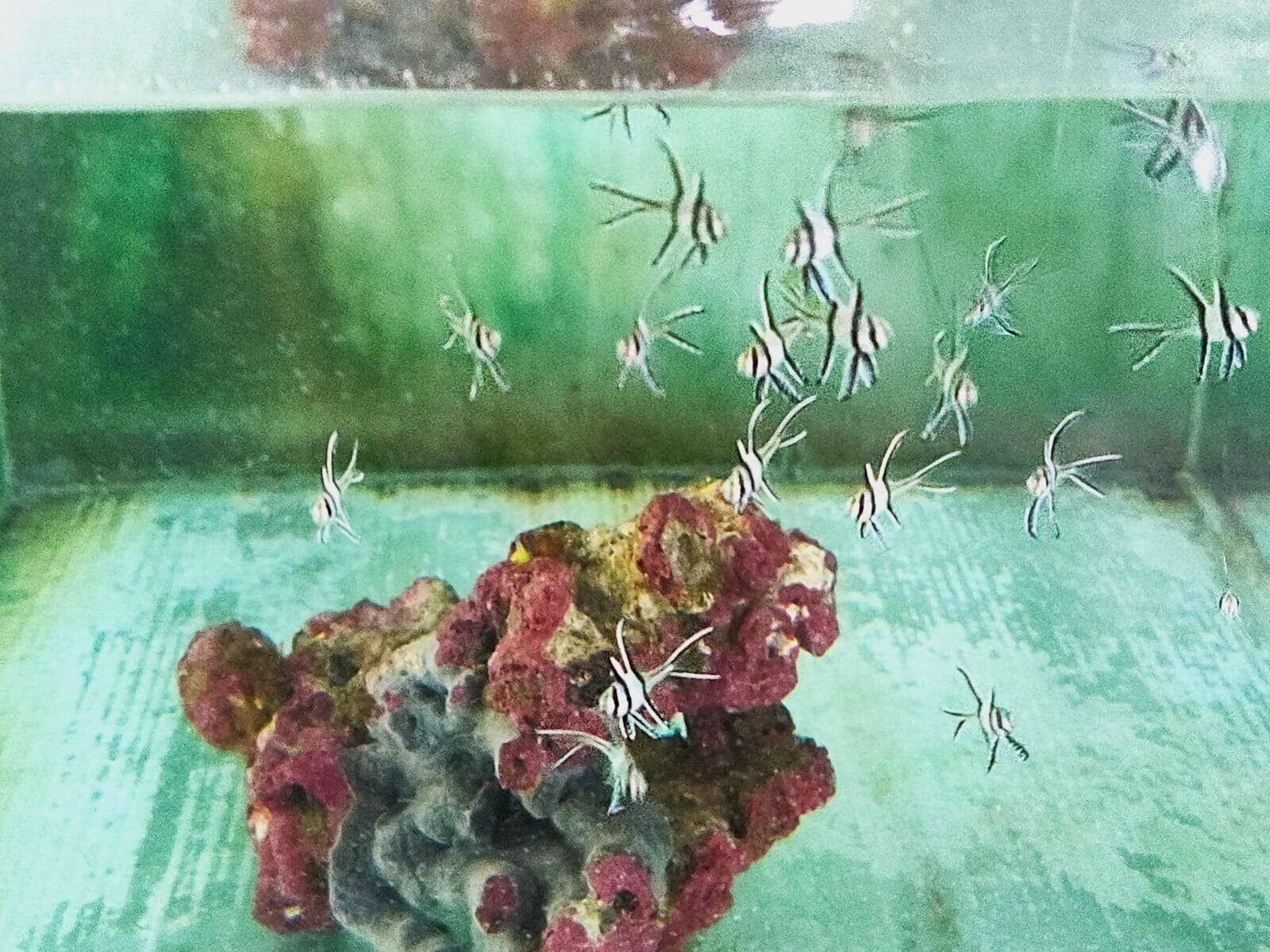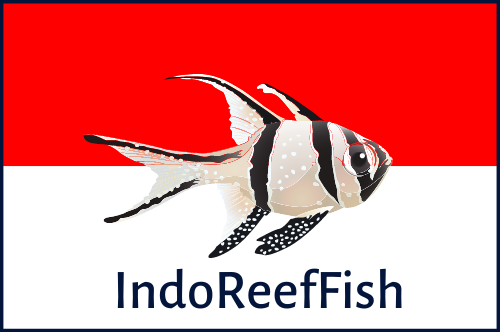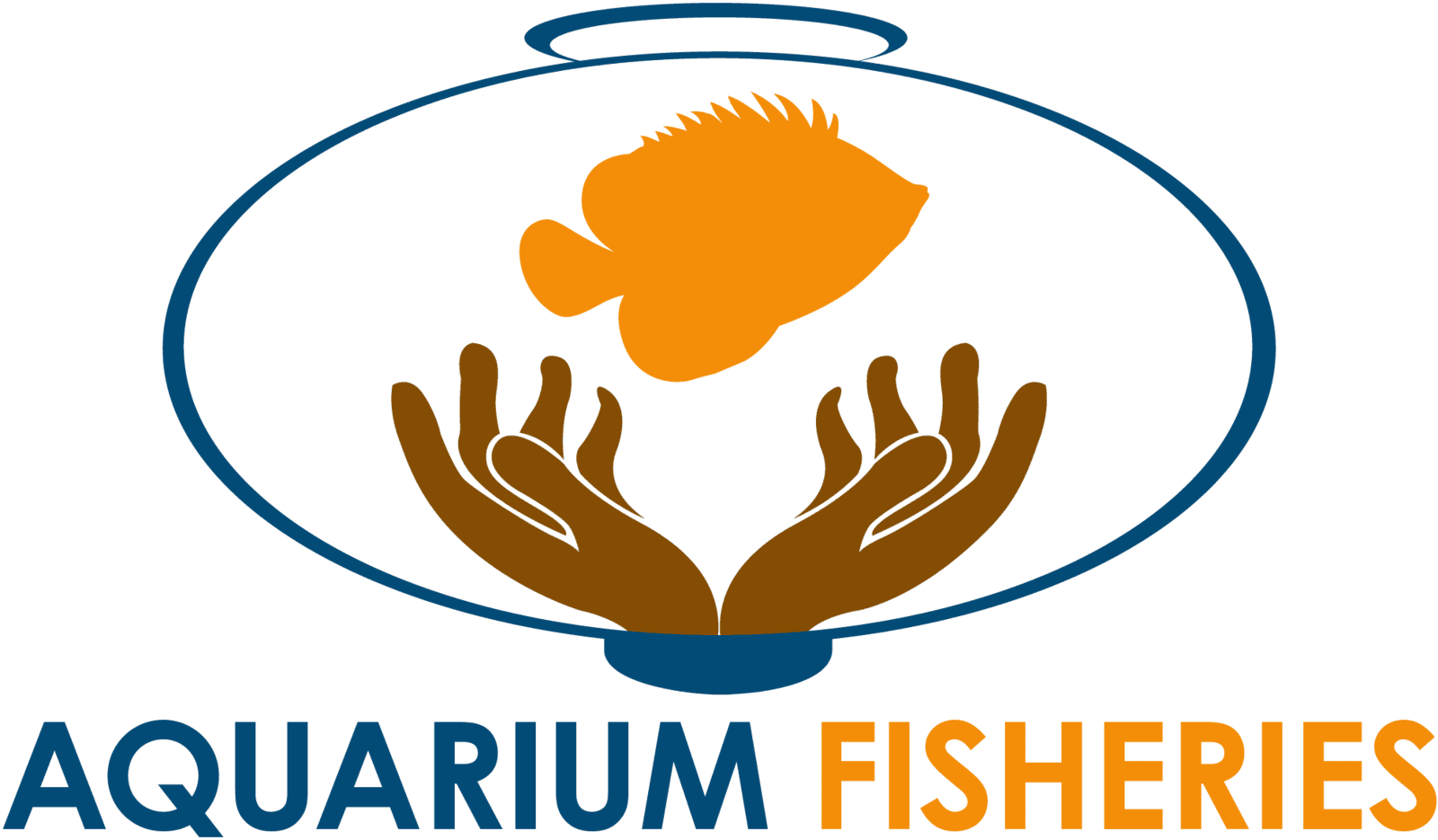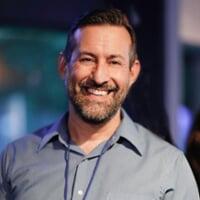Guest Authors: Ryannyka Dwi Astuti, Research and Education Manager, and Adriel Prayoga, Research Officer, LINI
This past Spring, IndoReefFish partners at LINI invited Aquarium Fisheries' Director Paul Anderson to visit the Les Village marine aquarium fishing community. This community benefits from LINI's Aquaculture and Training Center (LATC) sited at its village and working alongside it for many years to support the sustainable management of its marine aquarium fishery.

The Center was established in 2015; offering a hub for the Les Village and nearby fishing communities to convene and learn best practices in fishing, handling, transport, and trade. Also, the Center features a large aquaculture facility, where the staff and community have developed low-tech methods for aquaculturing popular aquarium fish species like clownfish, and the Banggai cardinalfish. This activity is meant to reduce fishing demand for the wild caught counterparts of these vulnerable species.
While the LATC empowers fishers (mostly men) by providing training in best fishing practices; for the women of fishers' households, the LATC offers training in fish aquaculture and husbandry practices; and employs women in the aquaculture facility as well as in housekeeping roles. LINI thus plays a direct role in providing for the livelihoods of its village community.
LINI envisions its North Bali reefs as a thriving ecosystem where coral reef biodiversity flourishes while supporting a sustainable fishery that provides for the livelihoods of its community.
LINI is thrilled to have the opportunity to collaborate with the international conservation NGO Rare, as well as conservation-focused stakeholders of the world's largest destination of marine aquarium fishes in the global trade, the U.S.: The Shedd Aquarium and Aquarium Fisheries. Together, they are developing a model develop for sustainable sourcing of marine aquarium fishes that links public aquaria and zoos to the reefs that they exhibit, and the people whose livelihoods depend on those reefs. This program is called IndoReefFish.

IndoReefFish is empowered by its partners, and the support of the Association of Zoos and Aquariums
and marine aquarium fishery businesses, associations, and agencies across Indonesia. This program is sponsored by the Institute of Museum and Library Services.


